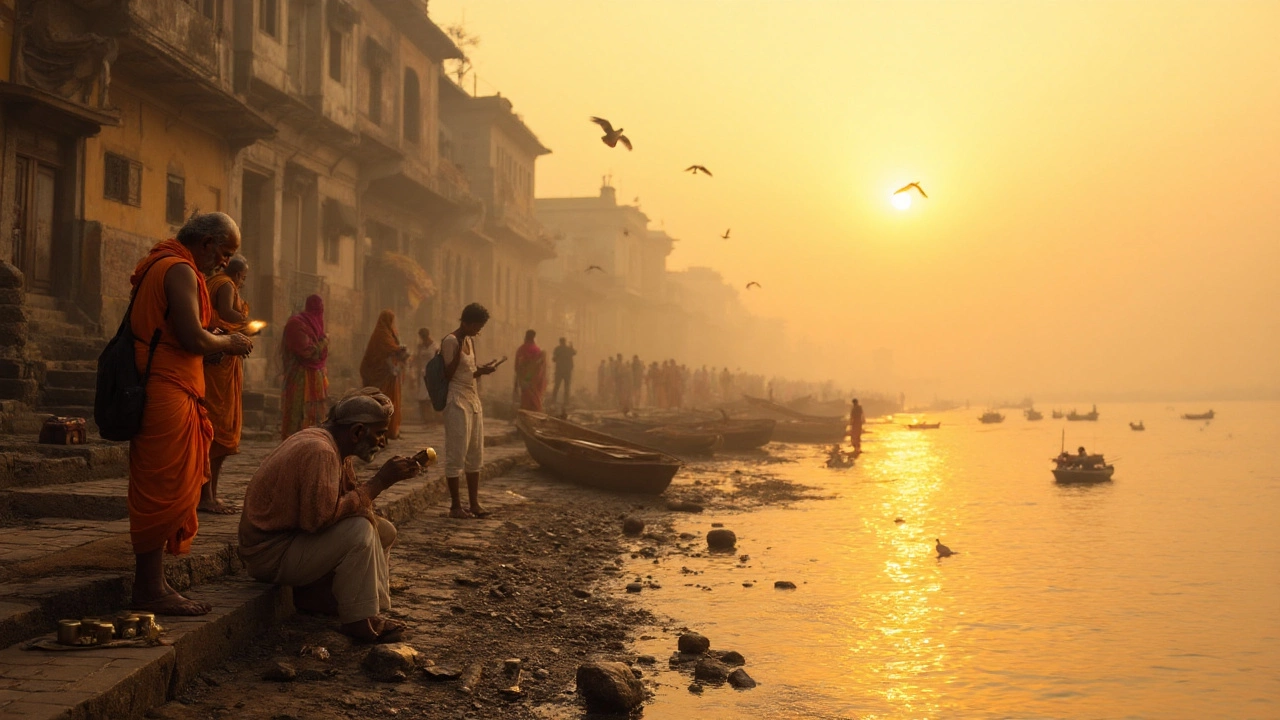
Short, evidence-backed answer: Varanasi and Ujjain lead as India’s two oldest continuously inhabited cities, with dates, proofs, contenders, and smart travel tips.
When thinking about Ujjain, a historic city on the banks of the Shipra River in central India. Also known as Ujjain City, it blends myth, astronomy, and bustling markets into a single destination. Ujjain travel guide means you’ll discover a place where ancient rituals meet modern comforts. The city encompasses world‑renowned shrines, hosts massive pilgrimages, and sits inside Madhya Pradesh, a state famed for its wildlife sanctuaries and heritage sites. Below we’ll unpack why Ujjain matters and how it fits into broader Indian culture.
The crown jewel of Ujjain is Mahakaleshwar Temple, one of the twelve Jyotirlingas dedicated to Lord Shiva. Pilgrims believe the temple’s lingam absorbs the sun’s rays at dusk, creating a powerful spiritual experience. This shrine requires early arrival, a respectful dress code, and a willingness to join the rhythmic chants that echo through its corridors. Inside, the sanctum holds a black stone lingam that glows at sunrise, a phenomenon that draws scholars studying Indian astronomy and mythology. The temple’s festivals, especially Maha Shivaratri, turn the city into a night‑long celebration of drums, lights, and devotion.
Beyond the temple, Ujjain’s identity is shaped by the Kumbh Mela, the massive Hindu pilgrimage that rotates among four sacred cities every twelve years. When the Shipra River’s waters are deemed especially holy, millions converge on Ujjain’s ghats, creating a sea of prayer flags and a bustling economy of temporary stalls. The event influences local infrastructure, prompting improvements in transport, sanitation, and safety that benefit year‑round visitors. Even outside the Kumbh years, the city retains a festive atmosphere, with daily aarti ceremonies and street performances that keep the spiritual energy alive.
Travelers often wonder how to navigate this blend of ancient rituals and modern amenities. First, use the city’s central bus terminal, which connects directly to Bhopal and Indore, making day trips to nearby wildlife sanctuaries or the capital’s museums easy. Accommodations range from heritage hotels housed in restored havelis to budget guesthouses near the riverbank. When planning meals, try the local dal‑bafla and poha, dishes that have fed pilgrims for centuries. Remember that Ujjain’s climate shifts dramatically: winters are crisp and ideal for exploring temples, while summers can be scorching, so pack light, breathable clothing and stay hydrated.
Ujjain also sits on a larger network of Indian heritage sites. Madhya Pradesh alone boasts over 1,500 protected monuments, making the state a treasure trove for history buffs. From the rock‑cut caves of Khajuraho to the grand forts of Gwalior, you can weave a multi‑city itinerary that showcases diverse architectural styles and cultural narratives. The city’s location makes it a convenient hub for those wanting to experience central India’s blend of wildlife, history, and spirituality without spending hours on the road. As you move from the Mahakaleshwar Temple to the bustling Kumbh Mela grounds, you’ll see how Ujjain serves as both a pilgrimage anchor and a gateway to the wider region.
Now that you’ve got a snapshot of Ujjain’s core attractions, practical tips, and its place within Madhya Pradesh’s heritage landscape, the collection of articles below will dive deeper into each topic. From detailed temple itineraries to safety advice for large festivals, you’ll find the specific guidance you need to plan a smooth and rewarding trip.

Short, evidence-backed answer: Varanasi and Ujjain lead as India’s two oldest continuously inhabited cities, with dates, proofs, contenders, and smart travel tips.